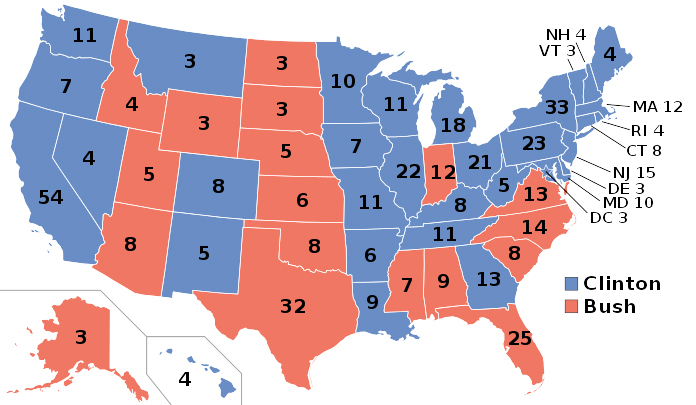

This year, Democrats will be defending more precarious seats than any other election in the 2020s. Three races are taking place in states Donald Trump won twice (Montana, Ohio, and West Virginia) and six more are in states Joe Biden barely won, by 3 points or less. Republicans are not defending any seat in a state Trump lost or even won by 3 points or less. If the Democrats lose most of these nine races, they are doomed in the Senate for the rest of the decade. That has obvious implications for the Supreme Court and lower courts as well.
The real problem is that Tip O'Neill was wrong. Politics is not local anymore. All Senate races have become national. Split tickets have gone the way of the dodo. With few exceptions, states that go for Republican presidential candidates go for Republican senators and vice versa. Take a look at the 118th Senate. Only five members belong to the party that lost the state in 2020, namely Sens. Sherrod Brown (D-OH), Susan Collins (R-ME), Ron Johnson (R-WI), Joe Manchin (D-WV), and Jon Tester (D-MT).
This wasn't always the case. After the 1984 election, after two Ronald Reagan landslides, Democrats held half the Senate seats in the states that went for Reagan twice. Now, Republicans hold only two Senate seats in the 25 states Biden won in 2020 and Democrats hold only three seats in the 2020 Trump states. But if we look at the close states, we can see why the Democrats' long-term situation is iffy. Biden won Arizona, Georgia, Michigan, Nevada, Pennsylvania, and Wisconsin by 3 points or less. Yet 11 of the 12 senators from these swing states are Democrats. Only Johnson (WI) is a Republican. If these states go red in 2024, Democrats could potentially lose four of these seats this year (Arizona, Michigan, Nevada, and Wisconsin). They could also lose two more in 2026 (Georgia and Michigan). Throw in three potential losses this year in red states (Montana, Ohio, and West Virginia), then the worst case for the Democrats in Jan. 2027 is a loss of nine seats. That could put the Republicans within spitting distance of the 60 seats needed to invoke cloture, assuming the filibuster even survives.
Of course, this is an absolute worst-case scenario for the Democrats, but it does point out that many Democratic senators represent Republican or marginally Democratic states. The only Republicans in real danger in a world of straight party-line voting are Collins and Johnson. And Collins' personal popularity and folksy style makes her tough to beat, even against a young and strong opponent with a massive $106 million in her campaign warchest (in 2020). Pretty much all the other Republicans are in safely red states. The only real exceptions here are the two Republican senators in North Carolina, Thom Tillis and Ted Budd. North Carolina is trending blue and if it gets over the hill this time, Tillis could be beaten in 2026 and Budd could be beaten in 2028. But it remains a fact of life that by and large, most of the red states are deep red while many of the blue states are light blue.
And all of this is true despite the fact that there are more Democrats than Republicans nationwide. The Democrats' fundamental problem is that they clumped together in a small number of states. The thinly populated red states in the West each get two senators, the same as the densely populated blue states in the East. Unless the Democrats start appealing to rural voters in the Midwest and West, this problem is not going away. It is not impossible for them to make headway. As recently as 1992, the electoral college map looked like this.

In 1992, Bill Clinton won 32 states. If the Democrats had all the Senate seats in their presidential states, they would have had 64 Senate seats (they actually had 57, because party-line voting was weaker then). This map shows you that stuff changes. It can (and will) change again, only we don't know how. (V)